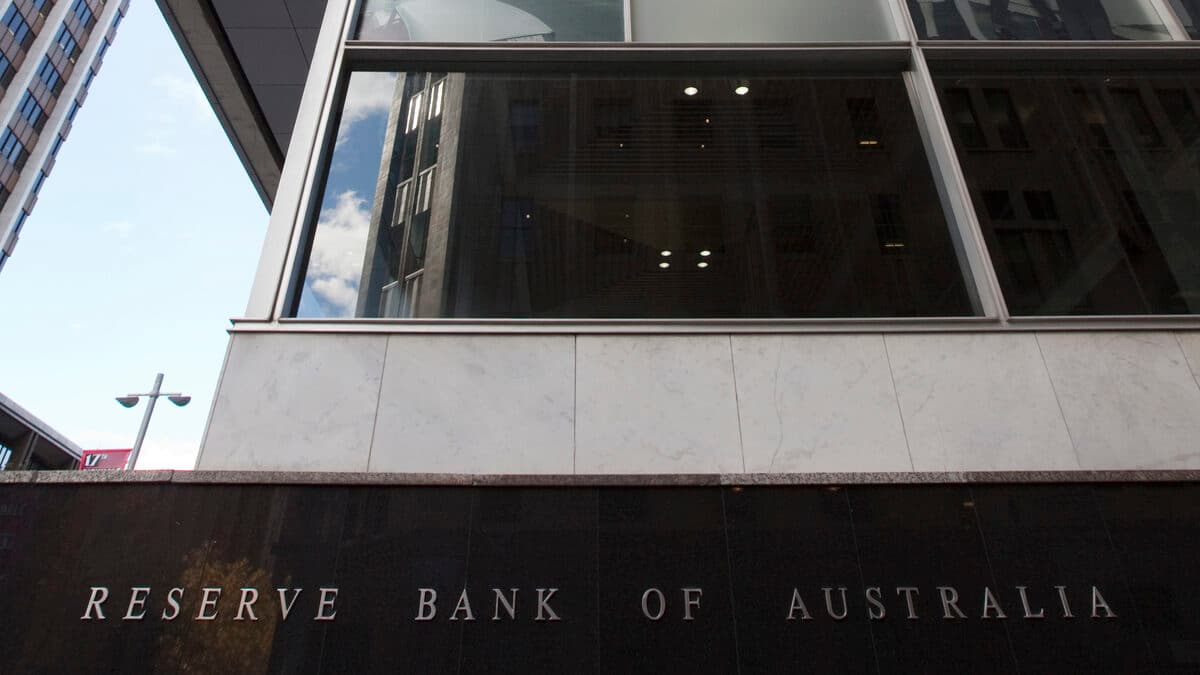For small and medium-sized businesses (SMEs), the 0.25% rate hike results in roughly a $100 increase in monthly repayments for a standard loan of approximately $500,000. Over the duration of the rate increase cycle, SMEs with mortgages will be paying roughly $1,250 per month
In a bid to combat persistent inflation, Australia’s Reserve Bank (RBA) has raised interest rates for the first time in five months.
This decision by the RBA board marks the 13th rate hike since May 2022, increasing the cash rate by 25 basis points to 4.35%, a level not seen in 12 years.
Newly appointed RBA Governor Michele Bullock and the RBA board had been signalling their intention to raise rates if inflation didn’t ease as expected. Bullock emphasized in a statement that while inflation had reached its peak, it remained higher and more persistent than previously projected.
She noted that despite a recent period of below-par economic growth, the Australian economy had been stronger than initially anticipated in the first half of the year. Labour market conditions, while showing some signs of improvement, remained tight, and housing prices continued their upward trend across the nation.
Treasurer Jim Chalmers acknowledged that the rate hike would place additional burdens on those already grappling with economic challenges. He pointed out that while recent data attributed petrol as the primary driver of inflation, other inflationary pressures were also at play.
For small and medium-sized businesses (SMEs), the 0.25% rate hike translates to approximately a $100 increase in monthly repayments for a standard loan of about $600,000. Over the course of the rate increase cycle, SMEs with mortgages will be paying around $1,450 more each month to lenders once the latest hike takes effect.
Market expectations had already incorporated this rate increase, particularly after inflation figures for the September quarter exceeded the RBA’s own forecasts. The annual rate of price increases had accelerated from 4.9% in July to 5.6% in September, marking the 10th consecutive quarter with inflation surpassing the RBA’s target range of 2%-3%.
The RBA’s outlook suggests that the decline in consumer price inflation will proceed at a slower pace than initially envisioned. Bullock projected that CPI inflation is expected to reach around 3.5% by the end of 2024 and land at the upper boundary of the 2%-3% target range by the close of 2025.
From an SME perspective, Chief Economist Anneke Thompson of CreditorWatch commented on the RBA’s decision: “The Reserve Bank of Australia has taken the controversial step of raising interest rates once again, but some sectors of the economy are still experiencing significant price increases.
“The RBA has raised the cash rate to 4.35% as part of further measures to combat inflation. New RBA Governor Michelle Bullock has expressed a low tolerance for prolonged high inflation. “Unfortunately, the reality is that goods and services still facing high inflation are not driven by increased demand.
“Therefore, this rate hike is likely to have a limited impact on the prices of rents, fuel, insurance, and utilities. However, it will pose a significant challenge for businesses already fighting against inflation, such as those in the food and beverage, retail, and construction sectors. Demand in these sectors has already been contracting, and higher interest rates will force consumers and potential home builders/renovators to rethink their spending decisions.
“Many discretionary retailers have already stocked up for the Christmas season, and this rate hike is likely to raise concerns about stock levels and sales during their busiest period. “The food and beverage sector, in particular, faces significant challenges, with slowing demand amid diminishing savings rates. This latest cash rate increase is expected to further dampen demand in the sector, which is already experiencing higher failure rates.”
Keep up to date with our stories on LinkedIn, Twitter, Facebook and Instagram.

